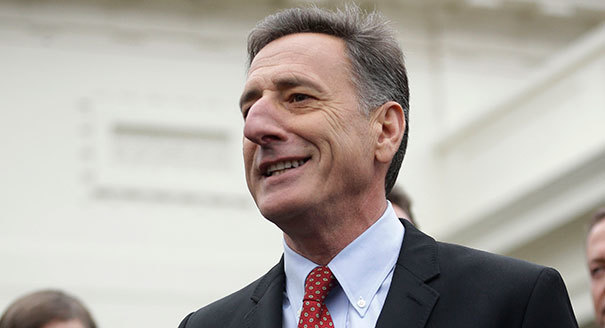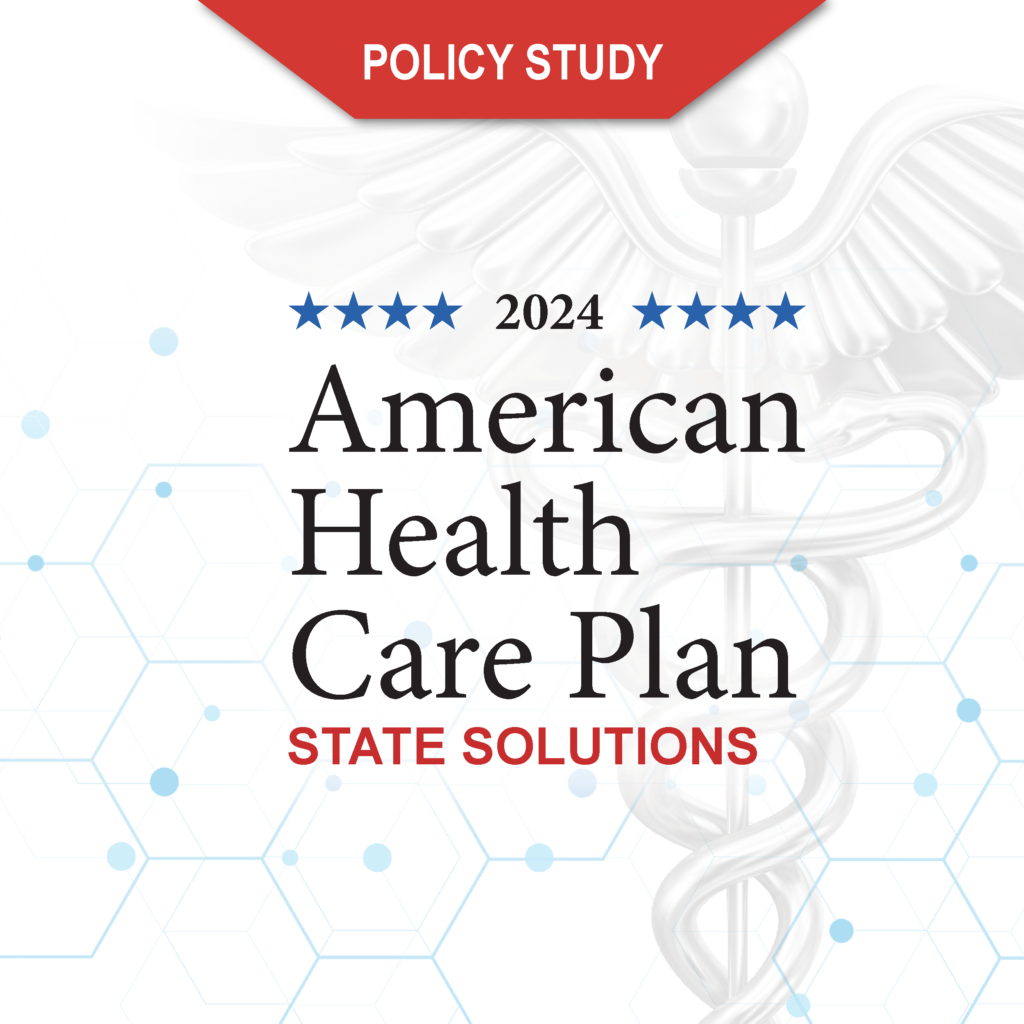Vermont Gov. Peter Shumlin announced at a hastily organized press conference in mid-December he would not pursue a single-payer health care plan in 2015. Shumlin cited the high tax burden that would be required to fund the plan as the main reason for his change in course.
The move was a significant setback for Shumlin, who had campaigned for governor this year as well as previously in part on his advocacy of a single-payer health care plan and had brought Vermont closer to enacting such a system than any other state in the country.
It was a long list of problems that felled Shumlin’s plan, said Darcie Johnston, head of Vermonters for Health Care Freedom.
“Vermont’s bad economy, the exposure of [Obamacare “guru”] Jonathan Gruber videos, Gruber’s inaccurate modeling in others states, and the enormous taxes that it would take to fund single payer all made it impossible for Shumlin to move forward,” Johnston told Health Care News.
Finance Details Killed Plan
Shumlin’s single-payer plan would have offered a rich benefit package for Vermont residents, similar to the health benefits enjoyed by public employees in the state. But that rich benefit plan would have had a price tag of $4.35 billion dollars in 2017, the first year single-payer health care could have been established.
Approximately $1.75 billion of that money would have come from current state and federal Medicaid funding and tax credits under the Affordable Care Act that would otherwise have been used by Vermonters to buy exchange-based coverage.
The remaining $2.6 billion would have been raised through a payroll tax of 11.5 percent on Vermont’s employers and an income-based premium of up to 9.5 percent for individuals and families earning more than 400 percent of the federal poverty level. In 2015 those levels begin at $95,400 for a family of four and $46,680 for an individual.
In a statement detailing his concerns about the financing plan, Shumlin cited the economic damage such large tax hikes would cause.
“These are simply not tax rates that I can responsibly support or urge the legislature to pass,” Shumlin said. “In my judgment, the potential economic disruption and risks would be too great to small businesses, working families, and the state’s economy.”
Businesses Relieved
Shumlin’s decision to abandon single-payer, at least for now, came as a relief to employers who would have seen their costs skyrocket.
“My health care costs would have gone up by 61 percent if that plan had gone through,” Win Smith, president and owner of the Sugarbush ski resort, told the Burlington Free Press. “If there were that 9 percent [income tax] on employees, many would have been paying more than they’re paying now.”
Although single-payer is stalled in Vermont for now, the Shumlin administration still plans to seek an ‘all-payer’ waiver of federal rules that would allow the state to set prices for all health care delivered in the state, and also intends to increase the regulatory powers of the Green Mountain Care Board.
“[Shumlin] has pulled back for now, but they are working overtime to restrict choice and competition in the health care market, and they are putting government between patients and their doctors,” Johnston said in response to Shumlin’s plans. “We must continue to fight and not let them continue to restrict choice and competition.”
Sean Parnell ([email protected]) is managing editor of Health Care News.





